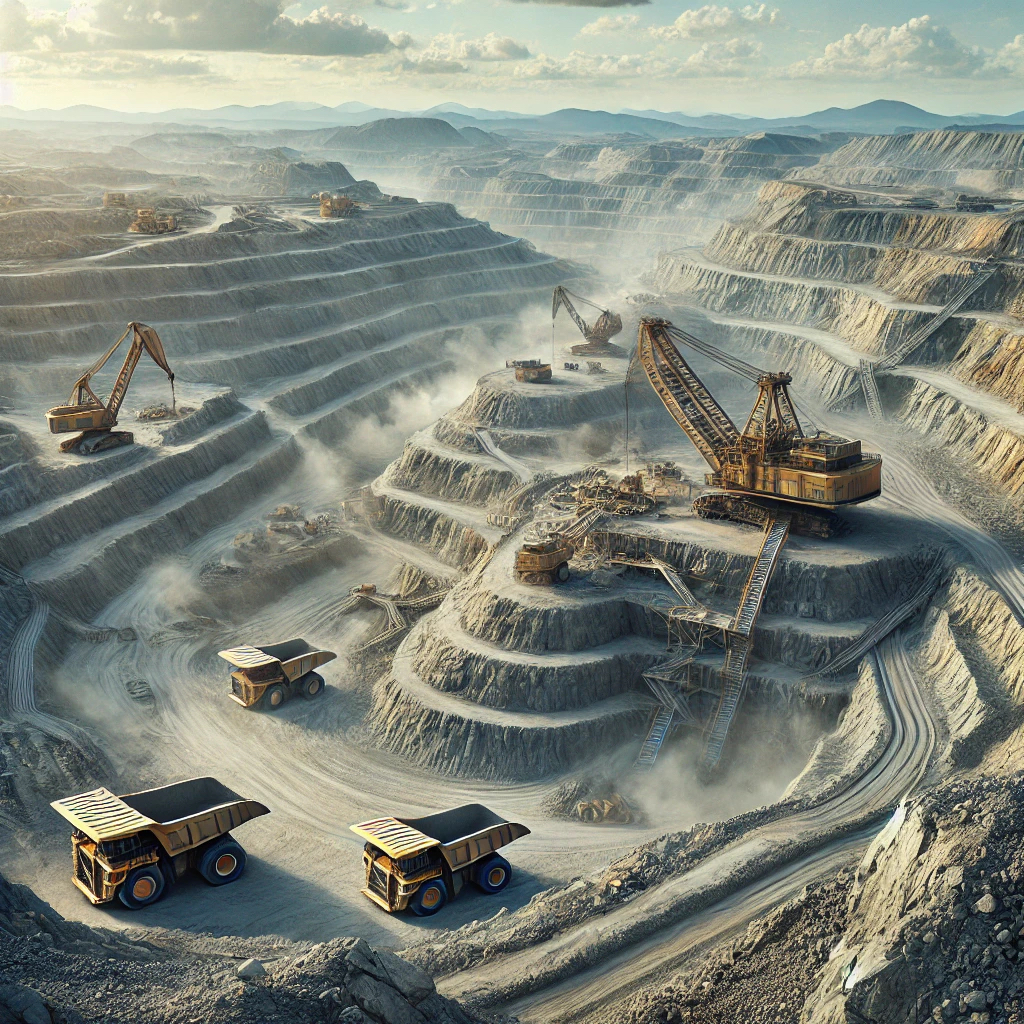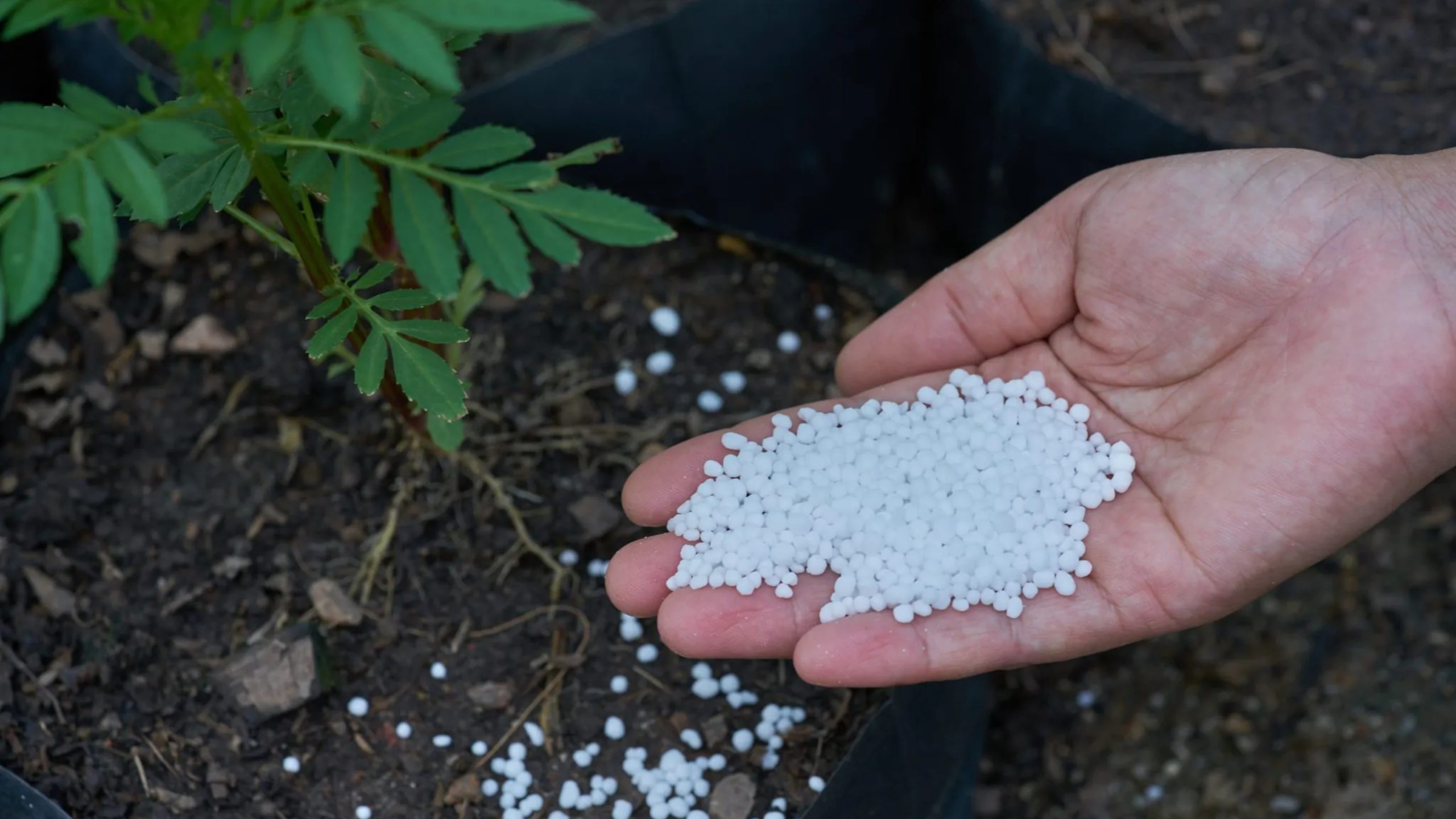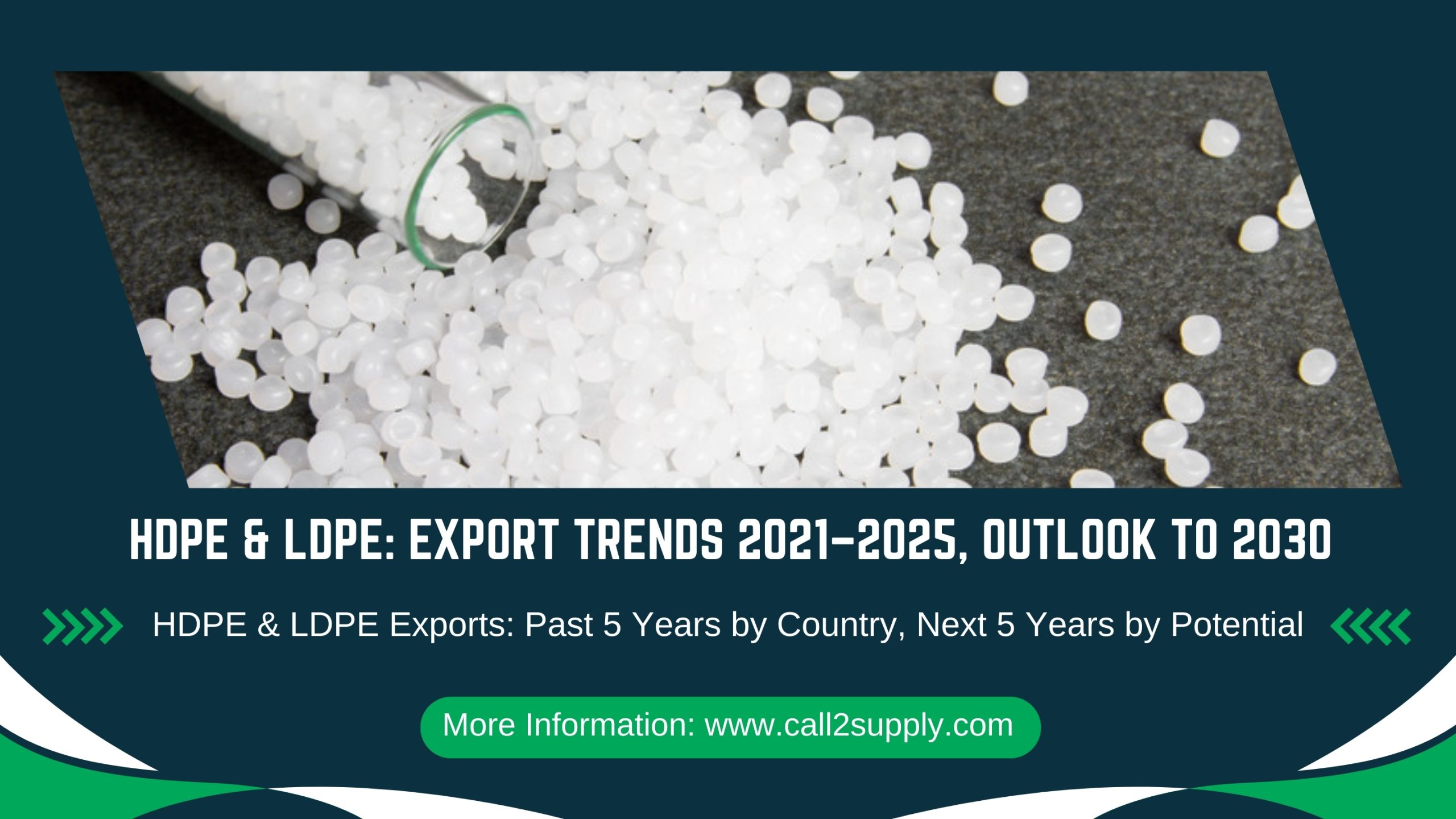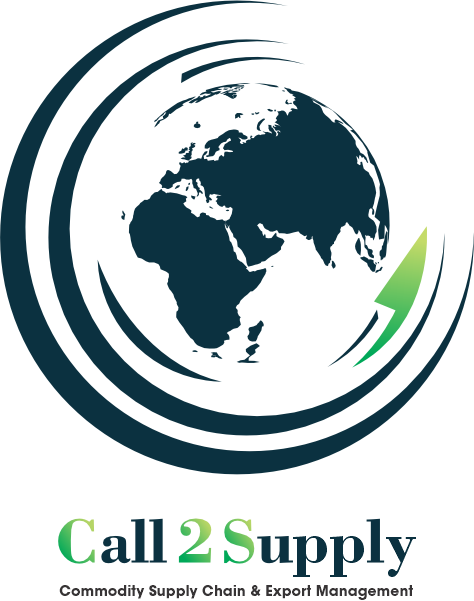Iran’s mineral sector is recognized as a global powerhouse, possessing some of the world’s most extensive reserves. This sector holds a pivotal position in the nation’s economy, serving as a major contributor to GDP, a key source of employment, and a magnet for foreign investment. As highlighted in the Iran Mining Sector Guide, Iran’s mineral sector stands as a cornerstone of the country’s strategy to diversify its economy and reduce dependence on oil.
Sector Overview and Key Contributions
As of 2022, Iran’s mineral sector contributed approximately 2.5% of the national GDP and accounted for 1% of employment. The country hosts 7,250 identified mines, with 6,025 actively operational. These mines produced a staggering 485.6 million tones of minerals in 2022, marking an 8.8% growth from the previous year. Revenues from the sector have also seen a sharp increase, reaching USD 2 billion in 2022, a 61.2% year-on-year rise.
Exports form a substantial part of the sector’s output, with 17.8 million tonnes of minerals exported in 2022, valued at USD 139 million. Key exports include steel, copper, and aluminum, which collectively accounted for billions of dollars in revenues.
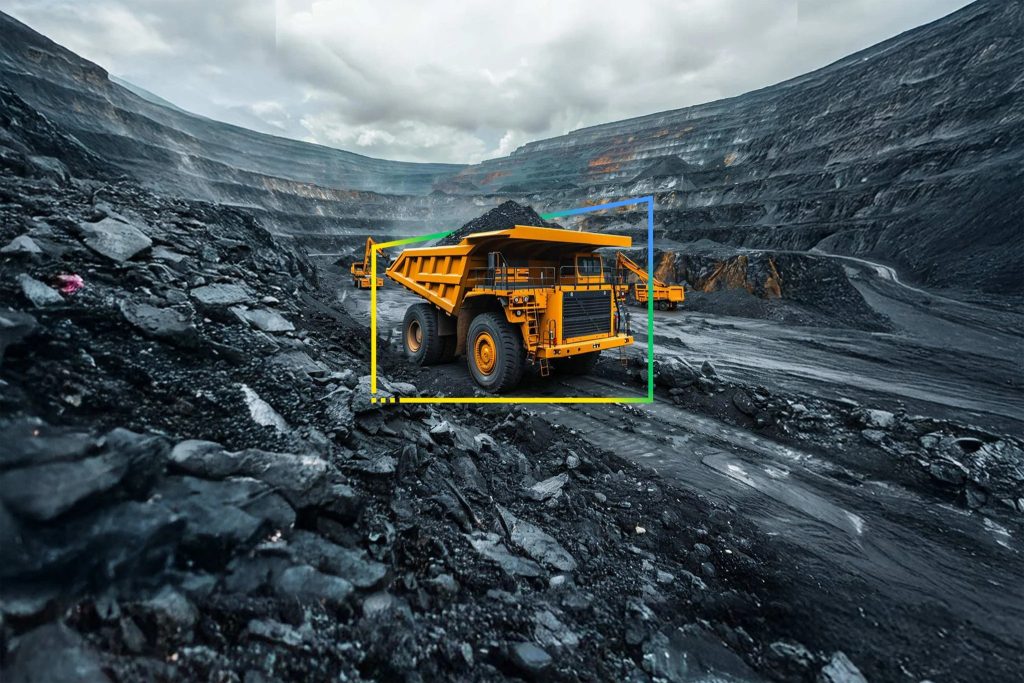
Mineral Wealth and Global Standing
Iran’s mineral sector ranks among the top 15 globally in terms of mineral wealth and leads the Middle East. The nation possesses 68 identified types of minerals across more than 15,000 mineral areas, with proven reserves estimated at 57 billion tonnes. Iran’s mineral sector also holds substantial global shares of key resources:
1- Zinc: 6th largest globally
2- Copper: 7th largest globally
3- Iron ore: 9th largest globally
4- Gypsum and barite: 5th largest globally
These reserves are valued at over USD 27.3 trillion, presenting a lucrative avenue for both domestic and international investors.
Prominent Minerals and Opportunities
The country’s mineral diversity is reflected in its leading exports and production capabilities:
1- Steel: The top exported mineral product, with plans to increase production capacity to 55 million tones annually by 2025.
2- Copper: Iran ranks 8th in global copper production and holds 4.15% of the world’s reserves. The Sar Cheshmeh mines in Kerman are particularly noteworthy.
3- Aluminum: Production reached 632,000 tones in 2023, and the country aims to reach 1.5 million tones by 2025, entering the ranks of the world’s top producers.
4- Lead and Zinc: Iran is the largest holder of zinc reserves globally and the 4th largest producer of lead and zinc concentrate in Asia.
5- Iron Ore: Ranking 10th in global reserves, Iran’s major mines like Chadermalu and Golgohar support a robust production network.
6- Decorative Stones: Iran is one of the top five producers of decorative and building stones globally, with reserves yet to be fully tapped.
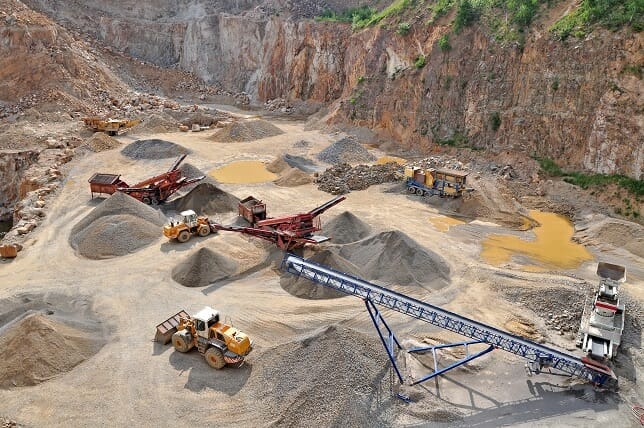
Investment Incentives and Strategic Vision
Iran’s government has established a range of incentives to attract foreign investment, particularly in less developed areas. These include tax exemptions, customs incentives, and support for technology imports and renewable energy integration. Special economic and trade-industrial zones further enhance investment prospects by offering tax breaks, infrastructure, and relaxed import-export regulations.
The 7th Development Plan (2023–2027) underscores the critical importance of mining in achieving Iran’s broader economic goals. With a target of 11.8% annual growth in the sector, the government aims to modernize machinery, enhance exploration efforts, and expand downstream industries to maximize value addition.
Challenges and Modernization Needs
Despite its immense potential, the Iranian mining sector faces challenges:
1- Exploration Deficits: A lack of advanced exploration technologies limits access to deeper reserves.
2- Aging Infrastructure: Modernizing mining machinery is a priority to enhance productivity and reduce costs.
3- Energy Dependence: A push toward renewable energy for mining operations is essential for sustainability.
4- Idle Mines: Nearly 45% of decorative stone mines remain inactive, highlighting the need for revitalization investments.
Iran has responded by promoting mechanized mining, processing industries, and the adoption of cutting-edge technologies. These initiatives aim to optimize resource utilization and bolster the sector’s global competitiveness.
Environmental and Strategic Considerations
Environmental sustainability is a growing focus, with investments in renewable energy systems such as solar and wind farms for mining operations. Iran’s geographical advantages, including proximity to international waters and extensive land borders, further position it as a strategic hub for mineral trade.
Additionally, the government is channeling mining revenues into infrastructure development and incentivizing private sector participation in exploration and processing projects. This approach aligns with the overarching goal of reducing oil dependency and fostering a diversified, resilient economy.
Conclusion
Iran’s mineral sector is a cornerstone of the nation’s economic ambitions, with vast reserves, a strong export profile, and immense untapped potential. The government’s proactive policies, coupled with incentives for modernization and foreign investment, create a promising outlook. By addressing existing challenges and leveraging its strategic advantages, Iran aims to position itself as a global leader in mineral production and trade.
The sector not only offers substantial economic returns but also plays a critical role in Iran’s transition toward a diversified, sustainable, and competitive economy. For investors, Iran’s mineral wealth and supportive policies provide a unique opportunity to participate in one of the world’s most resource-rich markets.
Inspired by TCCIM; Read the full article https://cic.tccim.ir/persian/files/Mining.pdf.
